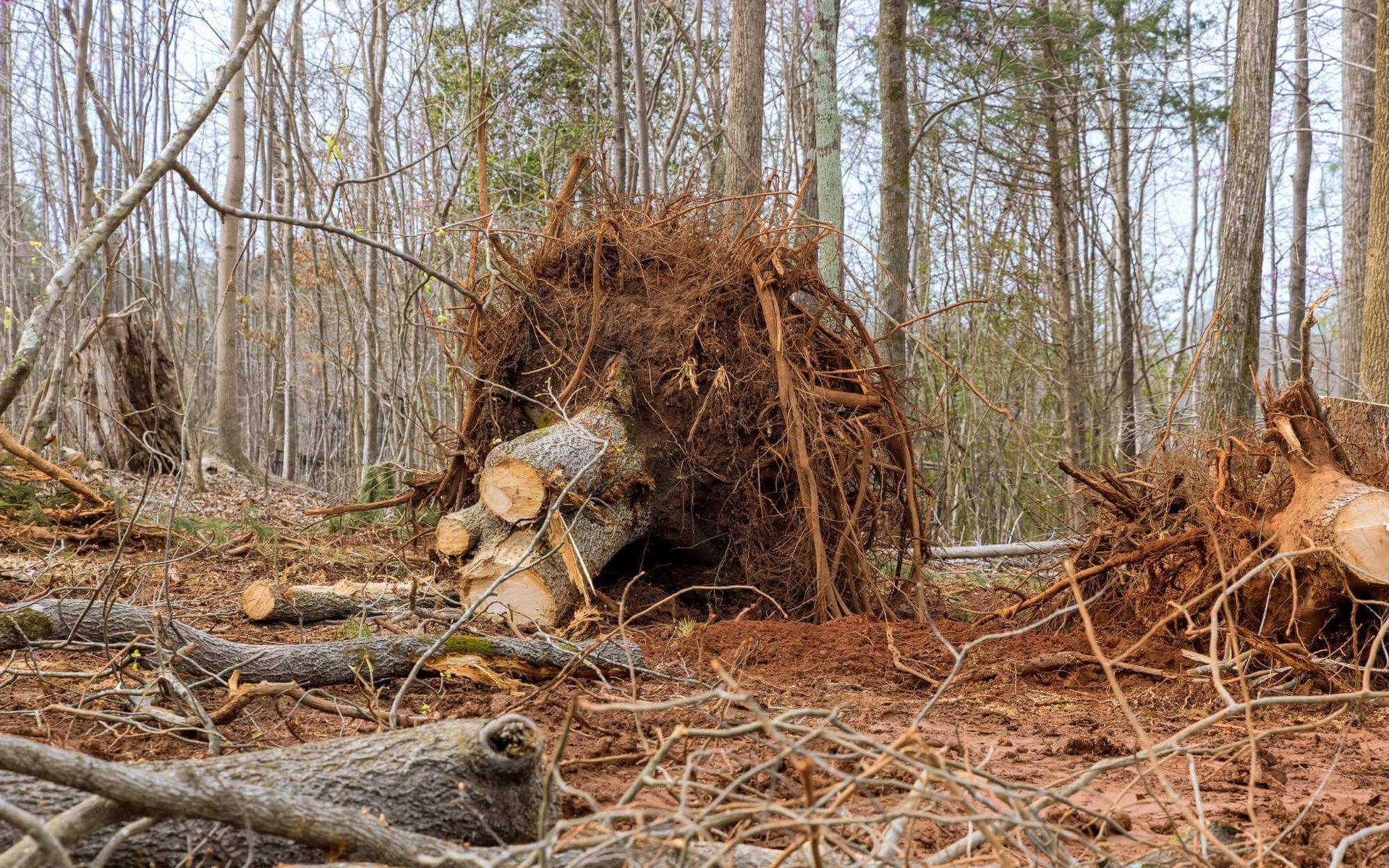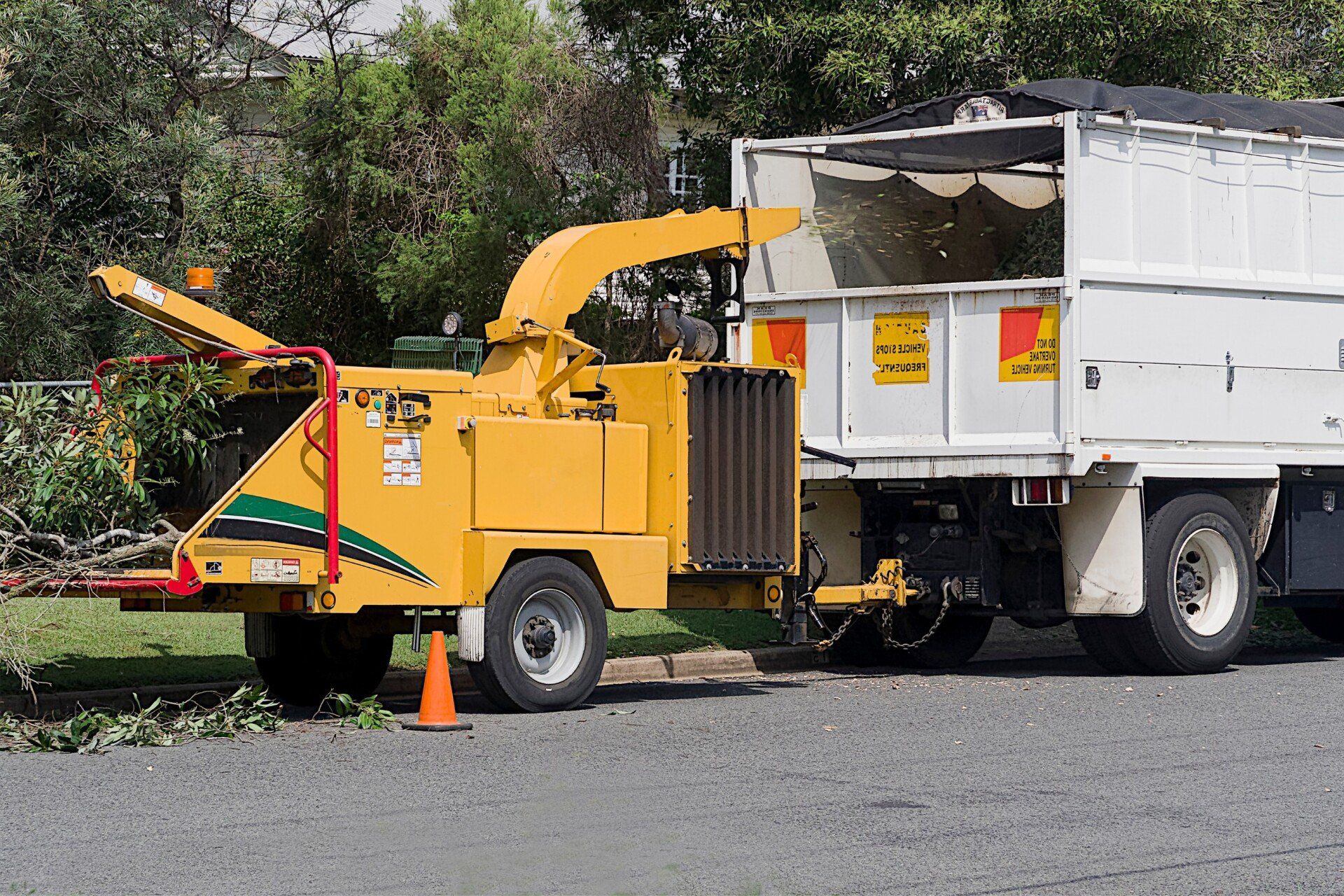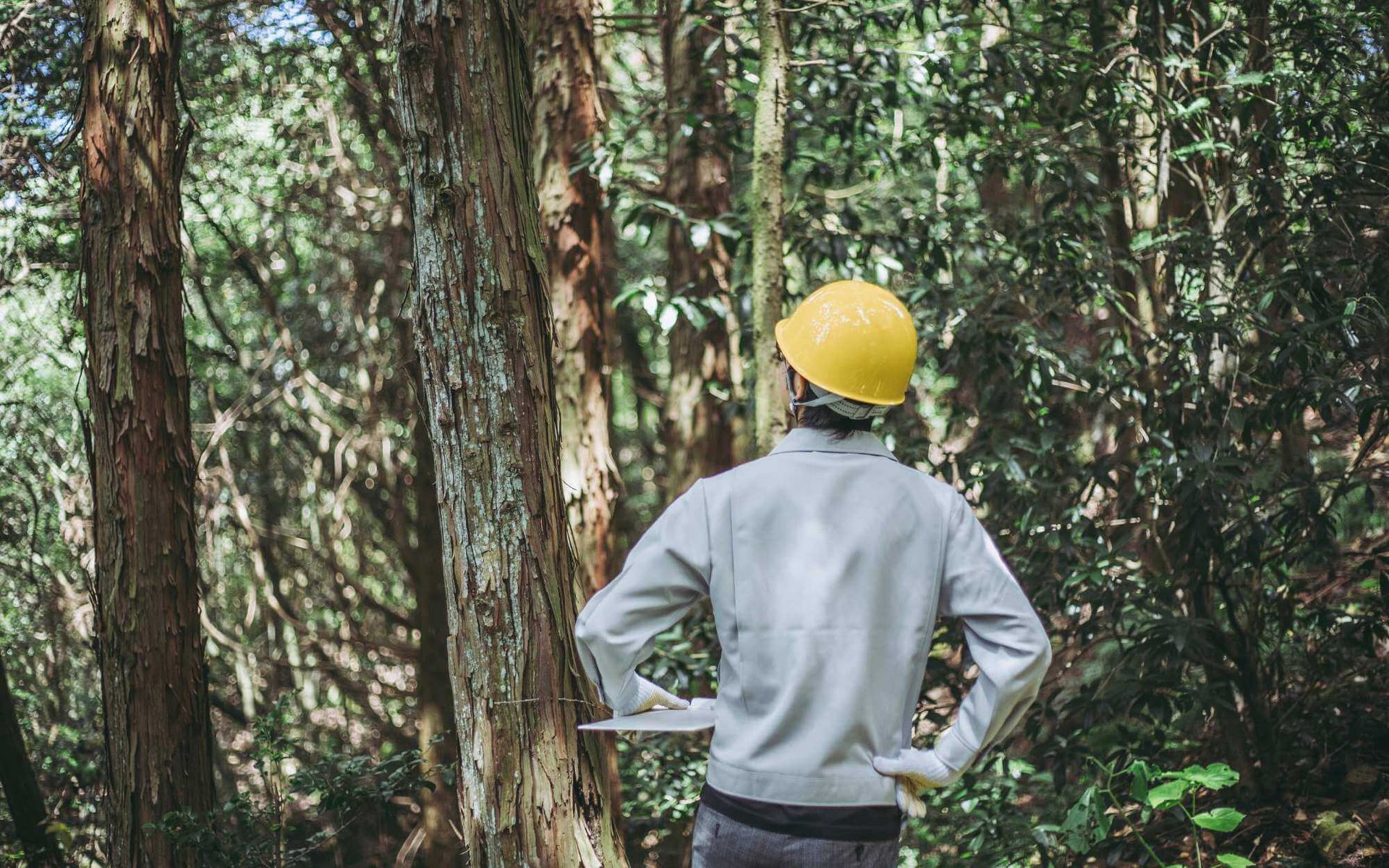Preventing Hazards: Storm-Related Tree Cleanup Essentials
PUBLISHED ON
SHARE THIS ARTICLE

When storms rage, they often leave behind a trail of destruction that extends beyond mere damaged buildings.
Among the most common and potentially hazardous remnants of these natural events are fallen trees. If not properly managed, these fallen trees can create a host of problems. They pose a risk to people and property, obstruct roads and power lines, and even act as a breeding ground for pests. As such, storm-related tree cleanup is of paramount importance.
This blog post delves into the essentials of managing this often overlooked aspect of post-storm recovery, highlighting the risks associated with fallen trees and why their prompt removal should be a priority.
Assessment and Precautions
Assessing storm-damaged trees involves identifying potential risks, such as loose branches or entire trees leaning toward structures. Examination of the root system, tree trunk, and branches can reveal the extent of damage.
Safety is paramount; thus, wearing personal protective equipment, including helmets, gloves, safety glasses, and steel-toe boots, is essential. Chainsaws and other equipment should be handled with care, ensuring they are well-maintained and used correctly.
For large trees or those near power lines, it's advisable to work with a partner or hire a professional tree service company. Their expertise minimizes risks, ensuring the task is done safely and efficiently. Regularly checking equipment and maintaining clear communication can further enhance safety during cleanup.
Tree Removal Techniques

- Establish a Clear Work Area: Before any cutting begins, inspect the area for bystanders or obstacles. Keep all non-essential individuals at a safe distance and ensure a clear escape path.
- Use the Right Tools: A chainsaw is usually the best tool for cutting a fallen tree. Ensure it's sharp, well-maintained, and suitable for the size of the tree.
- Cut from the Outside In: Begin by removing smaller branches around the outskirts of the tree, working towards the trunk. This reduces the risk of broken branches snapping back.
- Undercut then Overcut: When cutting the trunk, make an undercut about one-third of the way up, followed by an overcut. This technique helps control the fall direction and prevents the saw from getting stuck.
- Log and Branch Disposal: Once cut, logs and branches should be carefully removed, ensuring the work area remains clear and safe. Larger logs can be split for firewood, while smaller branches can be chipped for mulch.
- Handle with Care: Always bend at the knees when lifting heavy logs or dead branches to prevent back injuries. For larger debris, use machinery or get help.
- Professional Tree Care Professional: For complex situations, especially involving downed power lines, always consult tree service professionals. Their expertise ensures safety and efficiency. And they offer to remove the stump and root ball too!
Disposal and Recycling
Proper disposal of tree waste is crucial for maintaining clean, safe environments. Smaller branches and leaves can be composted in backyard bins, providing rich, organic matter for garden soil. Larger logs can be processed into firewood, while chipped wood serves as excellent mulch.
Many communities offer curbside collection of yard waste, which is then composted or mulched at municipal facilities. In certain areas, drop-off centers accept larger pieces of tree waste for recycling into wood products. Some companies specialize in hauling away and recycling tree waste.
Environmentally conscious storm damage tree cleanup not only reduces landfill waste, it also repurposes these natural resources in beneficial ways, fostering a circular economy.
Aftermath and Restoration

After the storm, assessing storm and tree damage is crucial. Check for structural weaknesses in buildings and other fixtures, and document everything for insurance purposes. Once safety is ensured, focus on landscape restoration.
Begin by replanting, and selecting resilient native species that can withstand future storm events. This not only adds aesthetic value but aids in soil stabilization and habitat restoration.
Over time, introduce diversity with a mix of trees, shrubs, and ground covers. Regularly monitor this new growth and adjust care as needed.
The process of landscape restoration is slow but rewarding, as it restores a sense of normalcy and continues the cycle of growth in the wake of destruction.
Learn proper post-storm cleanup to prevent tree hazards!
Storm-related tree cleanup is vital for safety and swift recovery post-disaster.
Fallen mature trees pose significant risks, obstructing pathways and harboring pests. Timely removal, using proper equipment and techniques, mitigates these risks, while professional assistance ensures efficient, safe cleanup. Embrace these proactive measures for a safer, greener community.
Keep your property safe by preventing tree hazards. Hire our
professional storm damage tree removal services when the need arises. Let's work together to create a safer, greener world in the face of natural disasters.
Want a free quote or some friendly advice? Call our team today:






